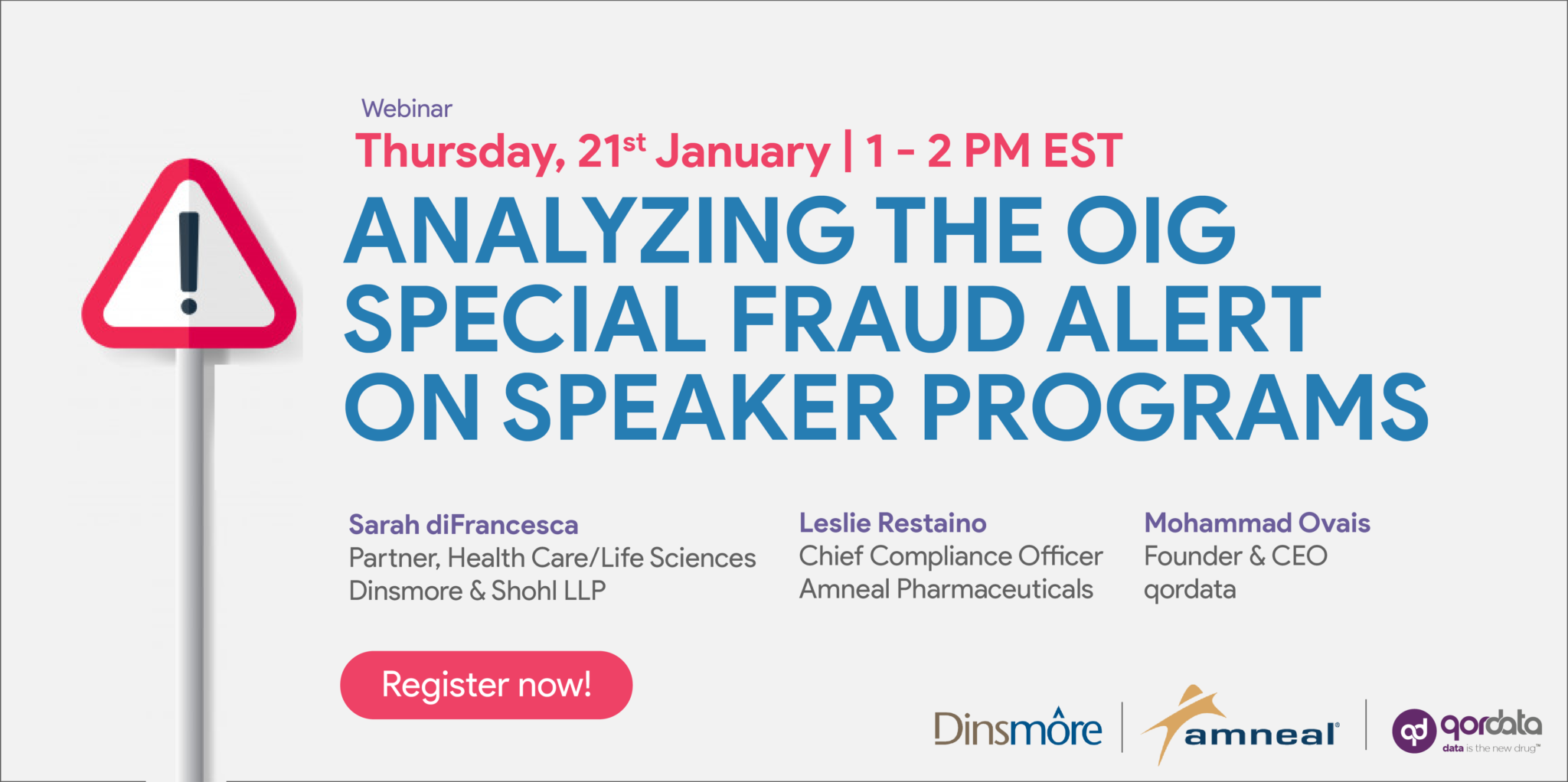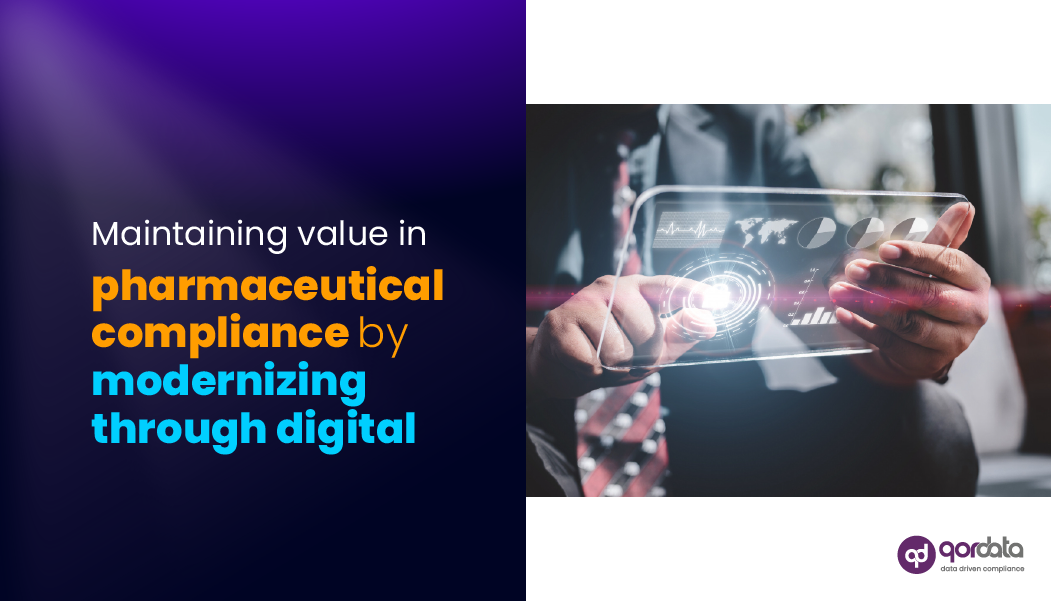Table of Contents
ToggleThe answer to “is managing compliance really that difficult?” is that it is and isn’t at the same time. To understand this, we must look beyond conventional compliance practices, evaluate factors influencing compliance positively or negatively, and determine what makes compliance difficult and how companies can reduce the pressure.
So, let’s explore both sides to see what makes compliance easy and difficult.
Case A: Easy
The proper DOJ’s guidance-based approach towards regulatory compliance would consist of up-to-date and appropriate documentation, well-organized processes, a highly effective and dynamic compliance program, efficient data collection, efficient planning, and the organization leveraging a data-driven compliance solution to manage, meet, and mitigate compliance rules and regulations. This subtle art of managing compliance would result in positive outcomes.
Case B: Challenging
An onerous compliance program that operates in silos and lacks a holistic or enterprise-wide view makes compliance challenging for compliance officers and organizations. Add to this the expanding and evolving rules and regulations, heightened expectations, and conflicting priorities, i.e., whether the primary goal is to manage compliance or meet business goals.
It becomes pretty clear why many life sciences and pharmaceutical companies consider compliance managing compliance difficult.
A Compliance Program Built From The Law
The maturity level of regulatory compliance in an organization determines the strength of its compliance program; however, life sciences or pharmaceutical organizations must have a comprehensive compliance program built from the laws, rules, and regulations provided by regulators (DOJ & OIG) to mitigate the risk of fines, penalties or reputational damage.
Having a well-structured compliance program isn’t the only thing that ensures success. Therefore, it is highly recommended that compliance officers, legal counsel, board of directors, and other related individuals should keep up with the latest updates from DOJ to ensure compliance.
Analyzing compliance programs from the government’s perspective and creating a roadmap or strategy that enables compliance leaders to keep up with the latest updates from regulators would enable an organization to design compliance segments, i.e., defensive or reactive, passive or superficial or operational or transactional, all of which are interconnected to ensure efficiency and data veracity let alone compliance.
In addition, the DOJ acknowledges that there’s no appropriate procedure or, in other words, “rigid formula” to assess the effectiveness of a compliance program. However, DOJ gives suggestions to life sciences and pharmaceutical companies on the course of action they can take to determine the effectiveness of their compliance program.
As the Justice Manual notes, a prosecutor should ask three fundamental questions while evaluating a compliance program:
- Is the compliance program well designed?
- Is the compliance program effectively implemented?
- Does the compliance program work in practice?
From the DOJ’s perspective, compliance should be an ongoing process that evolves with time and becomes even more effective and efficient. Therefore, it’s implied that a compliance program that is based on and tailored to appropriate risk assessment and designed to meet the dynamism of this highly regulated industry will prevail.
Moreover, the DOJ also instructs to measure the adequacy and effectiveness of the compliance program at the time of the offense and charging decision and resolution. This stringent environment quickly becomes challenging for life sciences and compliance officers as they must continuously learn from the experience, change the compliance program, and adjust accordingly with the latest regulations.
Considering compliance as an integral part of the organization – keeping it at the forefront of business decisions would also fill the considerable gaps. This consideration would tie compliance to the phrase “there’s no compromise when it comes to quality” adding “and regulatory compliance” after quality.
Once a culture of compliance and ethics has been developed within an organization, the respect between a drug or device manufacturer and regulators would significantly improve as the organization would assure compliance with the government rules and regulations. This would also impact the success of the company’s product.
The common goal of regulators, life sciences, and pharmaceutical companies is the same: both want to ensure patient protection, improve healthcare, reduce costs, and ensure that quality products are being developed.
The only thing that needs to change now is the perception of compliance teams and life sciences. Regulators are not there to limit time to market or profitability. Instead, they are here to ensure that the products developed by life sciences and pharmaceuticals fulfill their purpose to the highest standard.
qordata’s data-driven compliance suite helps compliance teams and life sciences to mitigate entrenched compliance challenges.
The data-driven compliance solution that we offer automates complex compliance processes, keeps compliance officers updated with the latest compliance rules and regulations, and provides analytics, insight, and visibility into life sciences and pharmaceutical companies’ data-strengthening decision-making.
Schedule a demo today to learn more about qordata’s data-driven compliance platform.



